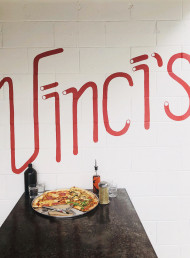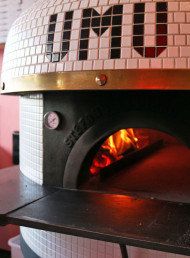Cook the Books – World's Best Pizza
Photography by David Parker.
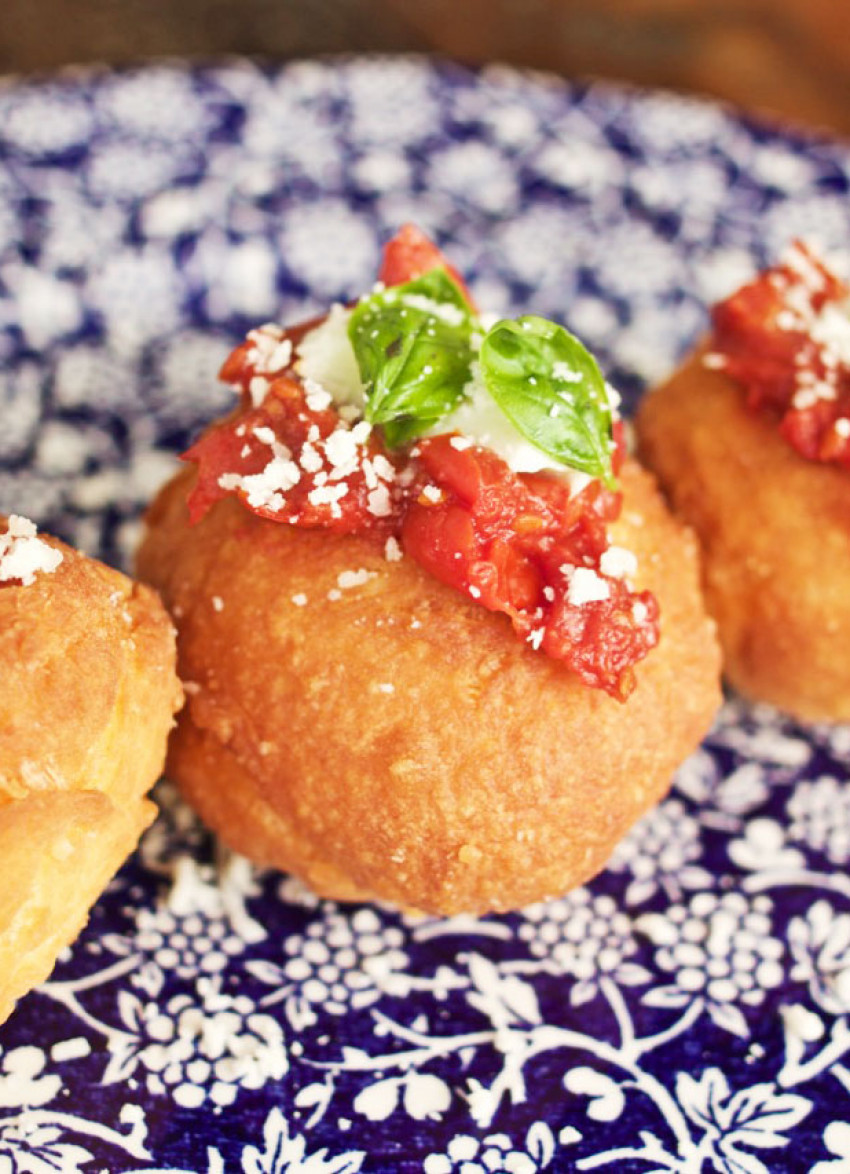
Our practical cookbook reviewer David Parker casts a critical eye over World's Best Pizza – a new release by pizza world champion Johnny Di Francesco.
"World's Best Pizza" is a pretty bold claim to make in the title of a book and immediately caught my attention. They are of course referring to the tradition of Pizza Napoletana, a specific way of making pizza. It's regulated by the VPN, an international organisation that certifies restaurants as complying to the Pizza Napoletana standards. I'm not sure how one becomes a VPN inspector but I'd love to travel the world making sure pizza is being made correctly. In New Zealand we have but one VPN certified pizza place: Dante's (which I definitely recommend!).
But even among Pizza Napoletana, not all pizzas are created equally; Johnny Di Francesco won first place in The World Pizza Championship in Parma, Italy, making him the best pizza maker in the world, thus justifying the title of World's Best Pizza.
Quite a bit of what is in World's Best Pizza is actually old news to me. Most of it is in the VPN's regulations guide book. It's also no big secret that really great pizza is simplicity, the dough has four ingredients (water, flour, salt and yeast) the sauce is just crushed tomatoes and the best topping consists of buffalo mozzarella, basil and a drizzle of extra virgin olive oil. Sure, there are other toppings, but those basics are the key to a great pizza. It's only through practice, dedication and skill that you make great Pizza Napoletana. I decided the best test of Johnny's book would be to make a Margarita pizza and test how detailed his directions were. However, there was enough dough for a few other pizzas and I thought I'd try out the Pizza Montanara as I'd actually never heard of it.
Starting with the dough, I mixed together the water and salt and then added about a fifth of the flour and mixed until it was smooth, before adding the yeast. I couldn't find fresh yeast again but I have since discovered it is available from Sabato, maybe that yeast would make all the difference – who knows? I dissolved the dried yeast I had in a little bit of water to activate it before adding to the mix. I should point out the flour I'm using is 00 flour which on the Italian flour grading spectrum is the finest ground flour. After adding the yeast, I added the flour little by little and left it to knead in the stand mixer. This dough would be pretty difficult to knead by hand but I'm a little surprised that machines were the only option given.
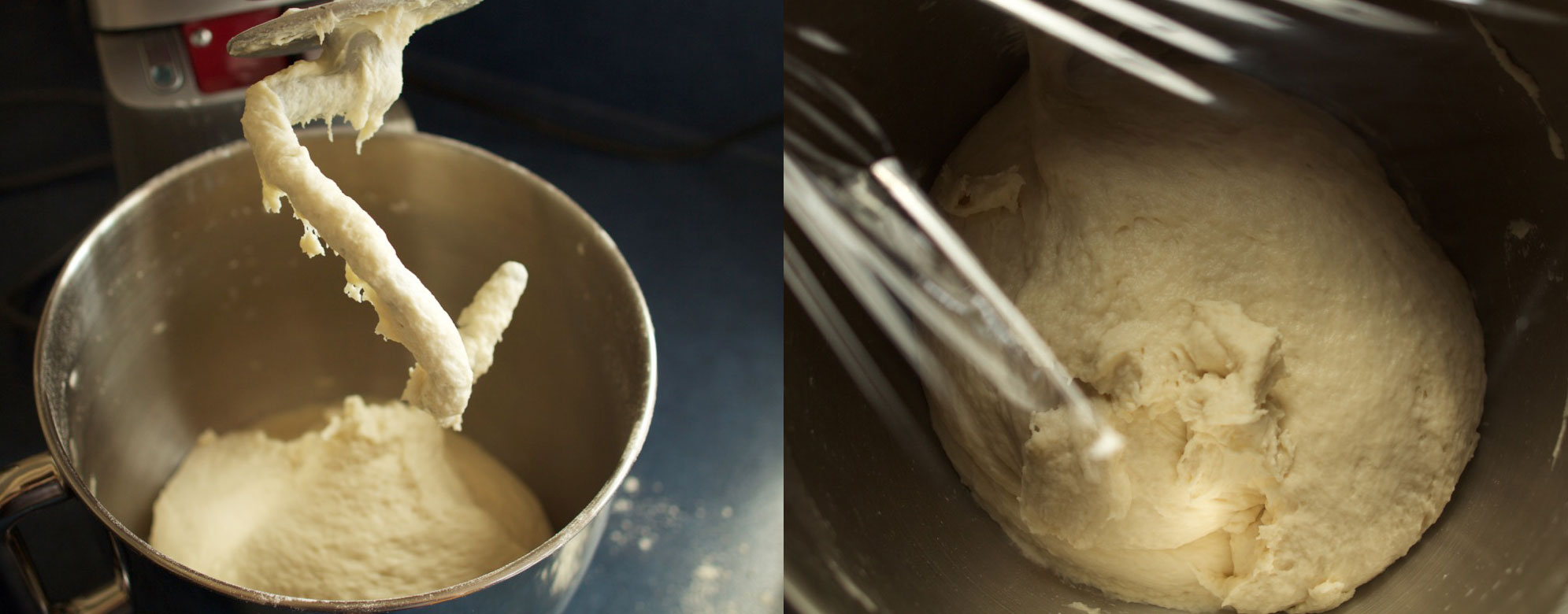
After leaving it to rise for a couple of hours I separated the dough out into balls to rise again. Eight to 12 hours is actually a really inconvenient time to allow them to rise – you'd have to make the dough at about 5am to be eating at 7pm. Needless to say I didn't leave my dough balls for the full eight hours, I think they got about five. Although, as I didn't have a way to let them rise in a temperature controlled environment at 20°C, five hours at about 24°C was probably sufficient.
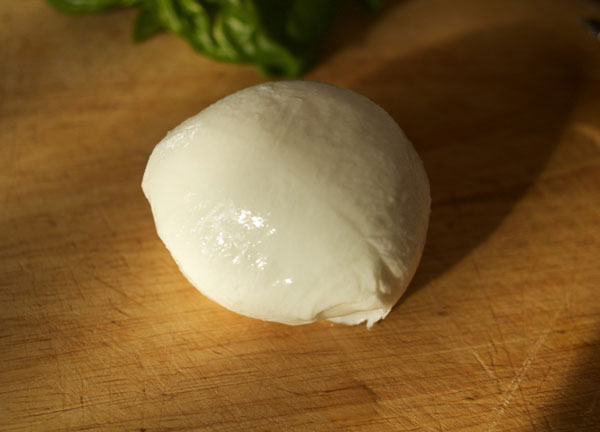
Either way, I wasn't that concerned when I read the next step which said to “roll out the pizza dough”. Roll out? With a rolling pin? That is simply forbidden in the VPN regulations! A rolling pin is too aggressive and knocks out all of the air from the dough, you should gently press the dough from the centre with your fingertips to form a disc. Sure, I use a rolling pin from time to time to speed up the making of pizzas at home but the name of the book is World's Best Pizza – are you telling me Johnny Di Francesco used a rolling pin at the world championships? I don't think so. He even says in this video that he doesn't use a rolling pin and shows the correct technique.

But I'm following the book so I did what I was told and rolled out the dough. I topped it with hand-crushed tinned tomatoes (this wasn't specified in the book but you should crush them by hand so you don't break the tomato seeds which can make the sauce taste bitter), buffalo mozzarella and four basil leaves. In the photo in the book there are nine basil leaves which certainly confused me but I stuck with the specified four. There was no mention of pizza stones for the home oven in the book but I decided to use one anyway. I don't want to make pizzas without pizza stones anymore.
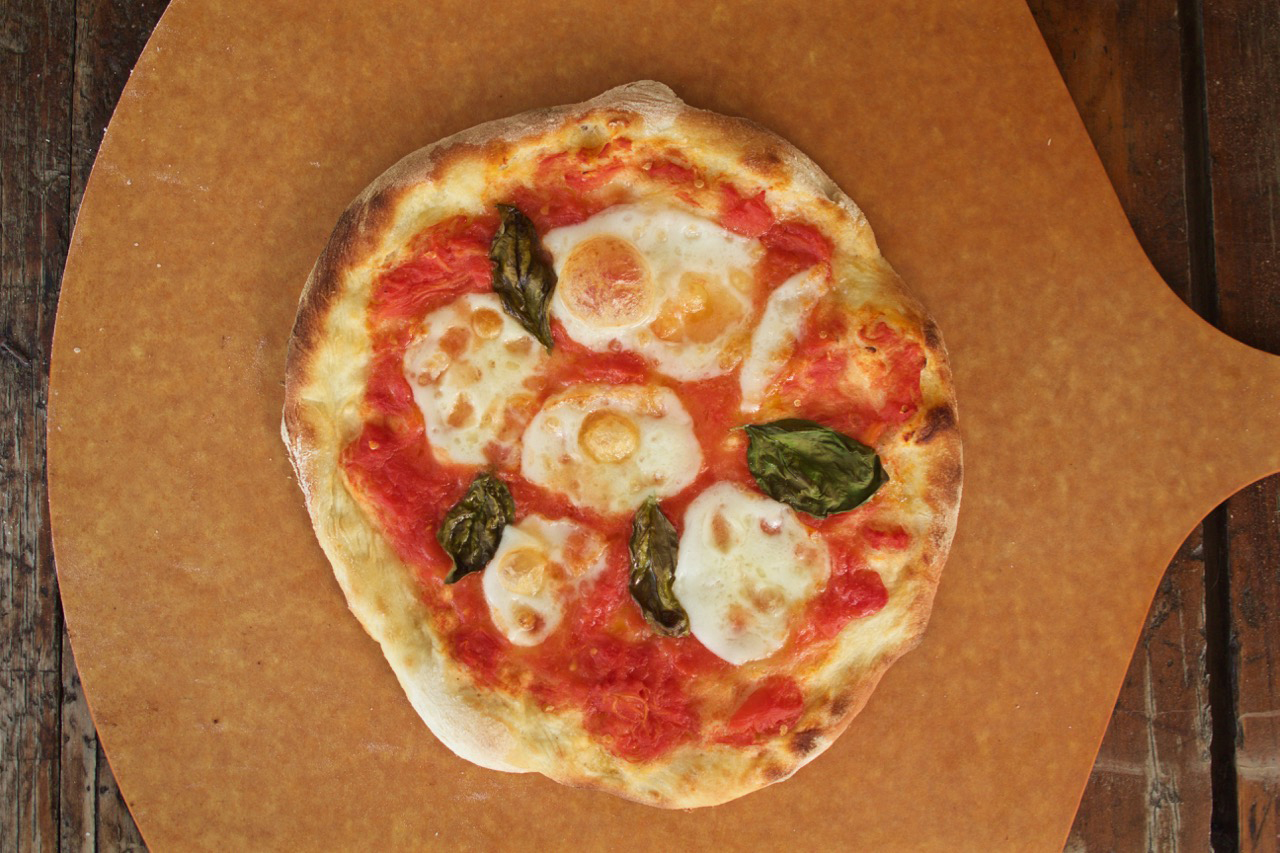
The Margherita tasted great. I did expect it to, but I thought that maybe I'd compromised the base by rolling it out. While it was thin and crispy in the centre as it should be, it was lacking the signature Pizza Napoletana raised crust. Maybe you just can't get that in a regular home oven.
I also made a prosciutto pizza with rocket to the same recipe but added the prosciutto and rocket after cooking. Again, it was very delicious but I think maybe it had too much prosciutto and it kind of overpowered the sauce. Although, who's going to complain about too much prosciutto.
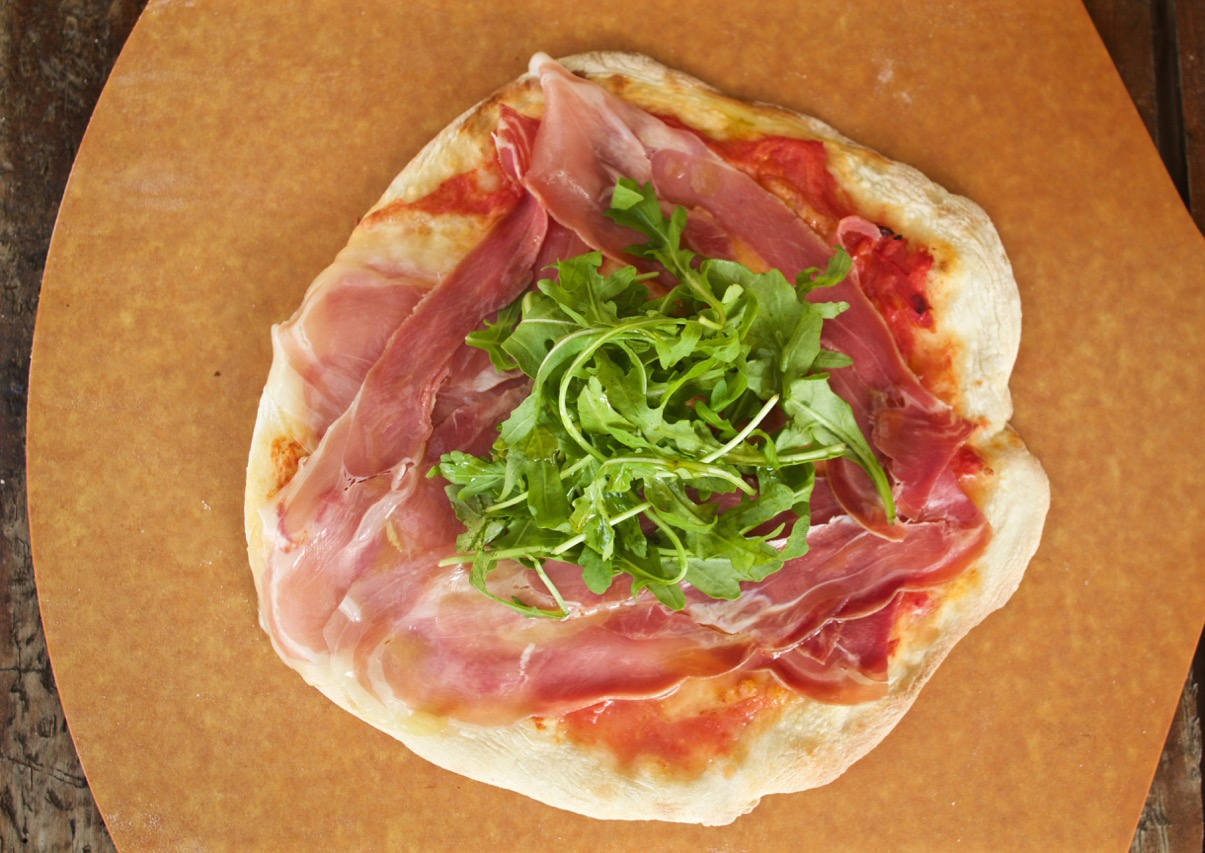
With the same dough I could also make the Pizza Montanara, I flattened out the dough and used a cookie cutter to cut out circles of the dough that I then cooked in the deep frier for a couple of minutes until they were golden all over.

I topped the first batch with blended artichoke hearts and black olives and my second batch with tomatoes I had cooked down, a piece of buffalo mozzarella, parmesan and basil leaves. The book describes them as deep-fried pizza, although I'm sure the Scottish will tell you that deep-fried pizza is a whole different thing (slices of cooked pizza, battered and deep fried!).

In my opinion these were more like pizza doughnuts. Or in the case of the artichoke topping just a savoury doughnut. They were actually strangely good. I guess you can't really go too wrong with a deep-fried ball of dough.
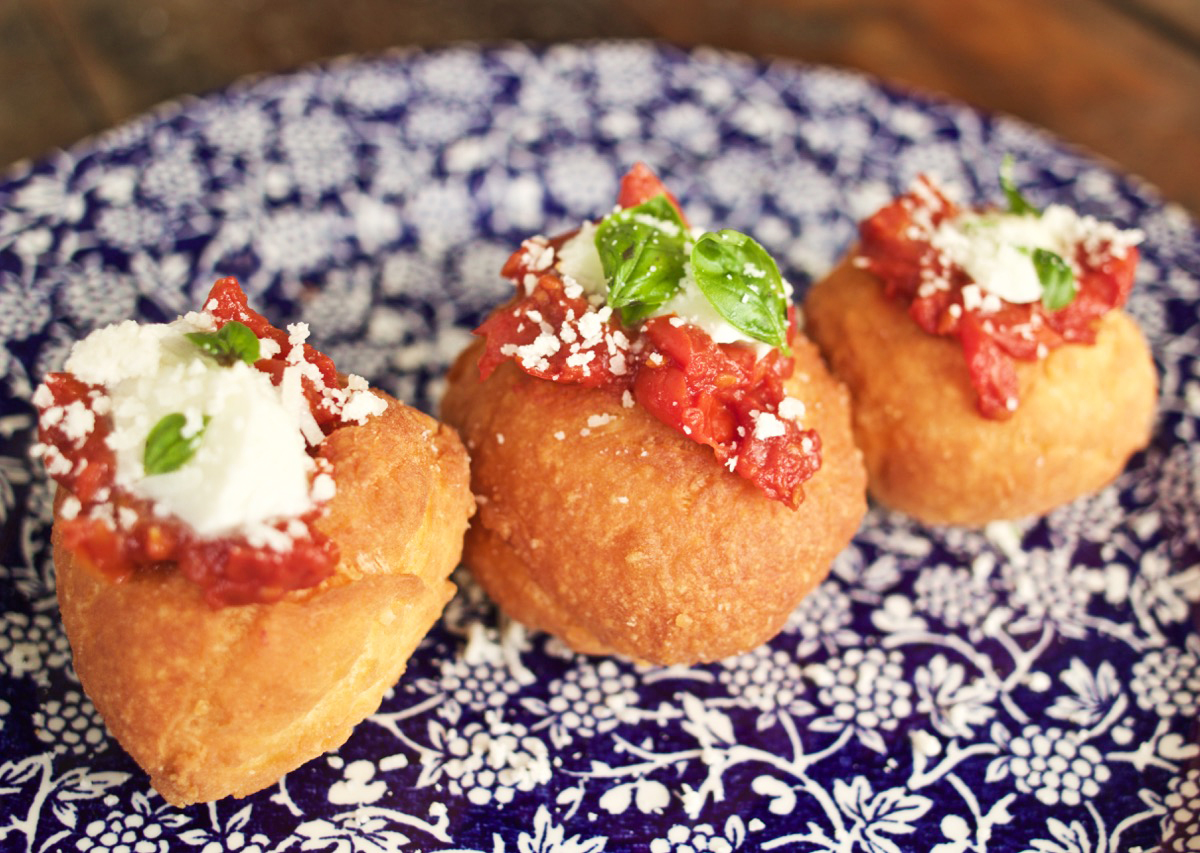
latest issue:
Issue #120
As the days become shorter, and the nights cooler, the latest issue is perfectly timed to deliver delicious autumn dishes. From recipes using fresh seasonal produce such as feijoas and apples, to spectacular soothing soups and super-quick after-work meals in our Food Fast section, we’ve got you covered. With Easter on the horizon, we feature recipes that will see you through breakfast, lunch and dinner over a leisurely weekend holiday, and whip up chocolatey baking treats sure to please. We round up delicious dinners for two and showcase a hot new Korean cookbook before heading south to Dunedin to check out all that’s new in food and dining.The latest issue of dish is on sale NOW at all good bookstores and supermarkets – don’t miss it!

